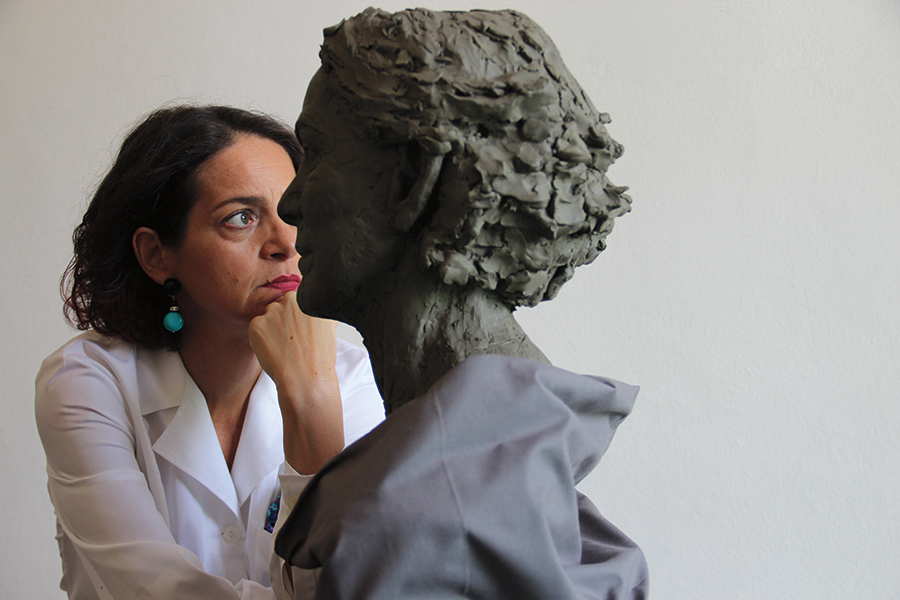It takes courage to create new, untested things that some people may not understand. Artists, like great leaders, need to stay open to different viewpoints and zone in on the things that will move people.
Educated as a medical doctor, the German-Egyptian sculptor Dr. Gindi (above) has spent most of her life exploring different cultures and the emotional threads that connect us. Her keen observation of the human condition allows her to approach humanness in a profound way, and believes that seeing the world like an artist can make you a better leader.
Why should a leader learn to look at the world with the eye of an artist?
As a sculptor, I’m naturally hyper-critical and analytical of the experiences around me. I start with a piece of clay, the base material of all my sculptures. I form the first contour, put further pieces on, and a figure emerges in front of my eyes. It rarely happens that my first attempt becomes the finished work. Likewise, leaders can perceive the world around them with a slightly detached outlook that considers themselves part of a broader reality, in a highly imaginary way. Then, on returning to reality, leaders can — like a sculptor’s mold that casts an artwork — authoritatively present bold, new ideas. With regular, critical self-reflection and creative destruction of the obvious, leaders can advance and create real value for many stakeholders — customers, employees, and investors.
How does this way of seeing create a better leader?
Real leaders can cast off old constraints to understand the growing complexity and variety of their working world. These are similar to the flashes of insight that inform a sculptors’ hands as they develop forms. Real leaders are like sculptors who give life to an otherwise supine clump of clay. Leadership is always non-linear in the beginning and transformational at the end.
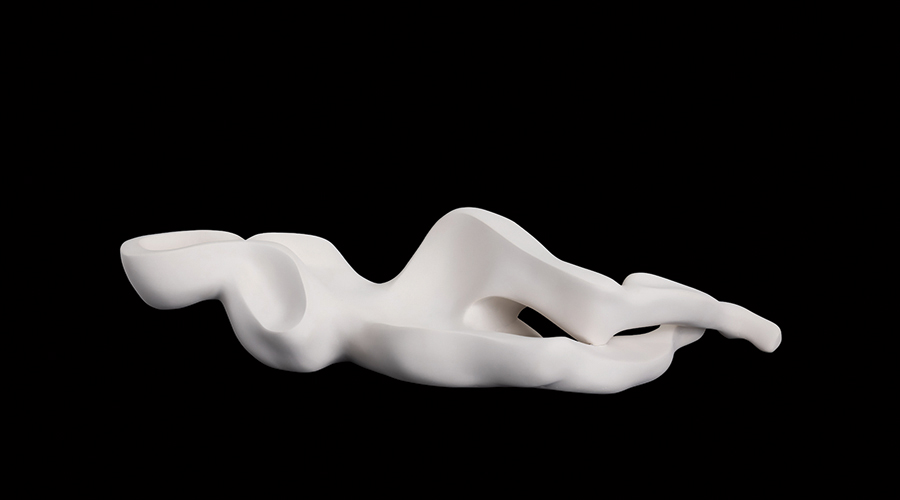
How does creative thinking give deeper insights into the social problems we see in the world? How does learning to see the world differently help promote solutions?
Art can shock while it speaks to the observer. Art can ignite public opinion, allowing individuals to acknowledge social problems and inequities of historical importance. Art can be seen as an ideas flag-bearer, giving courage to all. It can also be humorously presented and become a catalyst for a leader’s thoughts — while they are kneaded into critical acceptance. By allowing art to explain, a leader can gain insights otherwise unobtainable. When explaining things to a broader audience, leaders should take care not to appear to be promoting a fantasy, but rather, persuading and enlightening.
What examples of successful leadership and business have you seen that have adopted this way of thinking?
One of my leadership heroes is Kiran Mazumdar-Shaw. She is India’s wealthiest self-made female billionaire, who developed a distinct and very compassionate leadership style in her biotechnology company Biocon. She is sculpting the world around her for sustainable social progress while keeping herself ingenuous. She has a drive and passion that questions and seeks new knowledge and processes that can benefit humanity. She looks at the world’s problems and wonders how her biotech knowledge can be applied in much the same way as a sculptor — viewing a prototype to find inner meanings and even results — before committing to the first action.
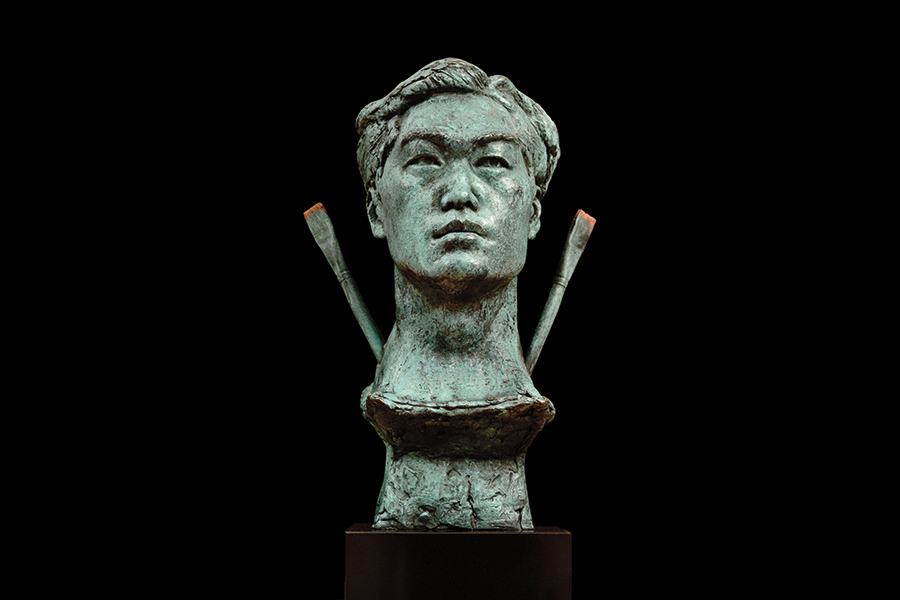
How much feeling vs. thinking is involved in your work? And can the brilliance of creating meaningful art translate into business thinking?
Artists are often seen as free-spirited dreamers who indulge in eccentric ways of life. This is sometimes far removed from reality. I experience my moments of ingenuity when I see, in my mind’s eye, a creative solution for a piece of clay before me; something that was previously unsolvable. Everything suddenly becomes clear. If leaders adopt a combination of thinking and feeling — a process that allows creative intuition into a business — they can achieve ongoing creativity and sustainability. Leadership is an art, and I encourage leaders to recognize the artistry of leadership in themselves.
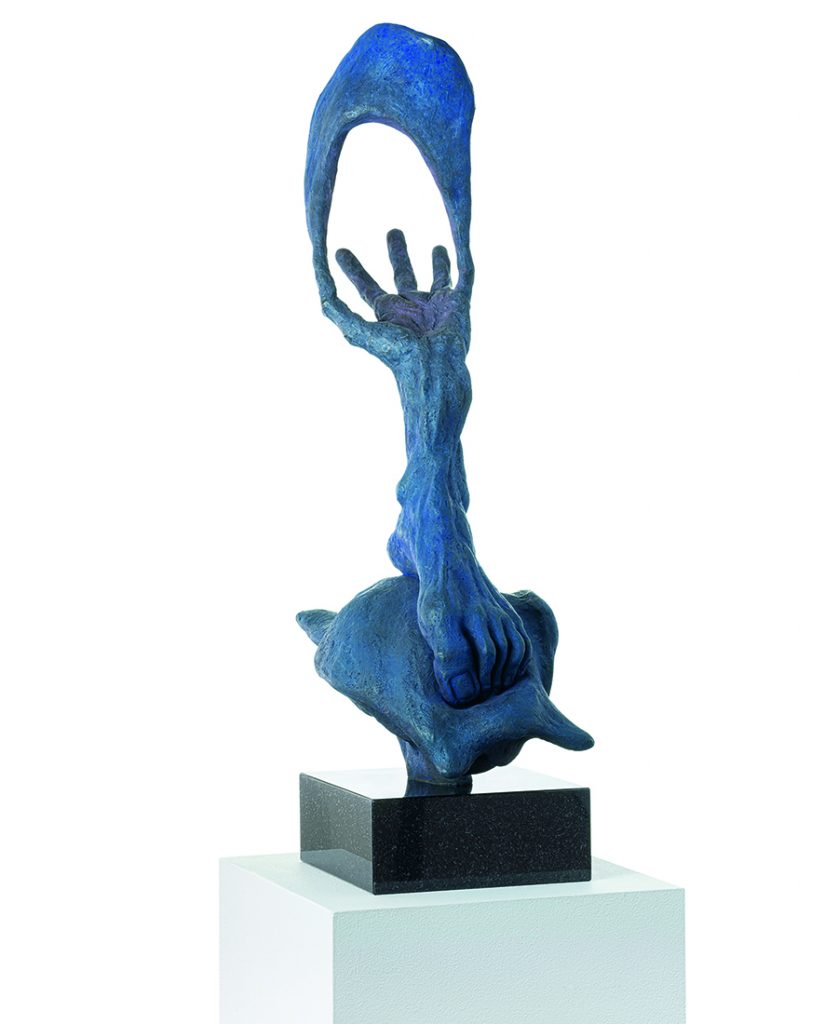
Many business leaders are good at examining balance sheets and business plans but lack the genius spark that creates the next big business idea. Can using fantasy as a strategy help solve this?
Fantasy plays an important role, and sometimes only the most outlandish ideas will take a business forward. Leaders should inspire their teams to spark the next big idea, but they also need to be hands-on like a sculptor.
As a sculptor, I’m attached to my processes; I’m addicted to them.
If leaders nourish their processes, the quality increases and the final results
will always be good.
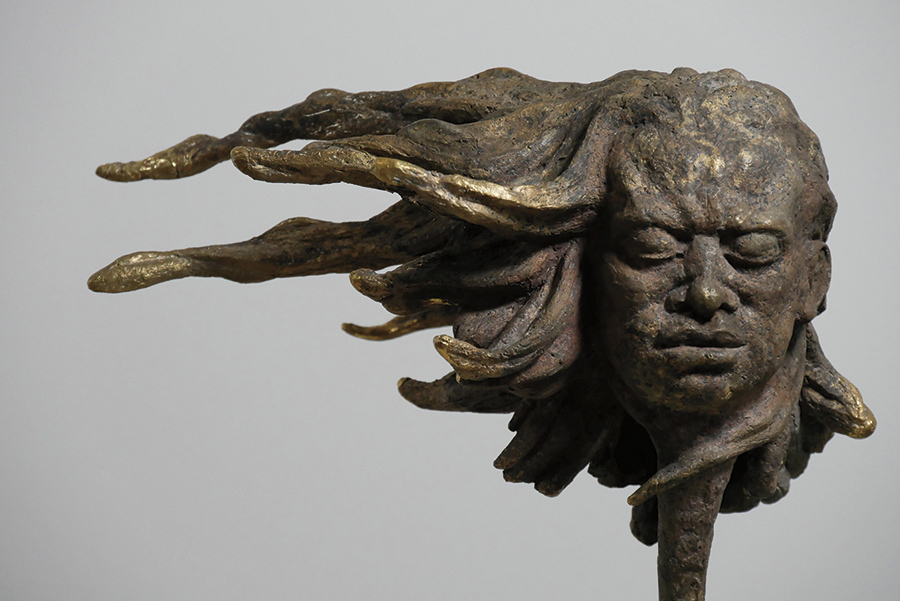
What legacy should a leader strive for in a world that seeks short-term gratification?
Real leaders strive to create value that lasts a very long time — even forever — rather than aiming for five-year financial goals. With my sculptures, I want to model the infinity of our existence. I firmly believe that humans should not be driven exclusively by short-term gratification but should instead think about what lives on when our lives end. What are the deeds you would like to be remembered for? Real leaders should inspire others to launch themselves rhapsodically into the future while remaining predicated in the present.
What human ingredients are needed now as we rebuild from the pandemic?
In my sculpture Beaufort 7, a human character senses the mist of the sea on his face. The current may take him far, and setting sail, he entrusts his soul to the wind. Like Beaufort 7, we need greathearted compassion and unswerving trust to continue overcoming the current pandemic. Compassion and acts of kindness toward others are key. Trust each other to work toward a sustainable resolution of this crisis and others. Leaders need to sail ahead, testing the winds, currents, and tides of these challenging times. By doing so, we will model the infinity of our existence.

